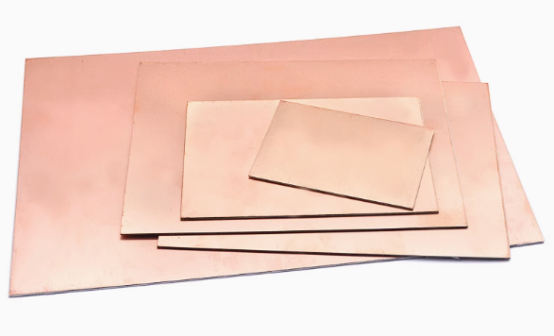Recent PCB Industry Price Surge: A Comprehensive Analysis
The PCB (Printed Circuit Board) industry is experiencing another wave of price hikes. Driven by rising raw material costs, tight supply-demand dynamics, and policy shifts, multiple copper-clad laminate (CCL) and PCB substrate manufacturers issued concentrated price adjustment notices in mid-to-late February, triggering ripple effects across the supply chain.
Key Manufacturer Adjustments:
Kingboard Holdings cited substantial increases in CCL materials (copper, glass fiber fabric, and chemical raw materials) as the primary reason for across-the-board price hikes effective March 1.
Multiple companies raised prices for fiberglass yarn and electronic fabric products. Notably, some adjustment letters highlighted prolonged low pricing of electronic yarn/fabric coupled with escalating raw material and energy costs, leading to increases of ¥800/ton for electronic yarn and ¥0.3/meter for electronic fabric.
Core Drivers of Price Increases:
Material Costs: Comprehensive inflation in raw materials.
Capacity Constraints: Lithium battery copper foil demand has diverted PCB-grade copper foil capacity, while new electrolytic copper foil production requires 2–3 years to come online, creating chronic shortages.
Demand Surge: Consumer electronics recovery, 5G infrastructure, NEV (New Energy Vehicle) orders, and AI-driven server growth have intensified CCL/PCB supply pressures. AI expansion further boosts demand for electronic yarn/fabric.
Future Outlook:
Short-Term: Prices will remain elevated. Copper foil shortages may persist until 2026, compounded by reduced fiberglass supply due to kiln maintenance. Official data shows 22 industrial commodities (including PCB materials) rising in February, with no near-term cost relief.
Long-Term: High-end PCBs (high-frequency, HDI, rigid-flex) will benefit from NEV and AI server demand. Carbon-based composite materials may emerge as a new growth sector.
Conclusion:
This pricing cycle stems from intertwined material, structural, and policy factors. While the industry faces immediate cost challenges, long-term competitiveness hinges on technological advancement and production efficiency optimization.






